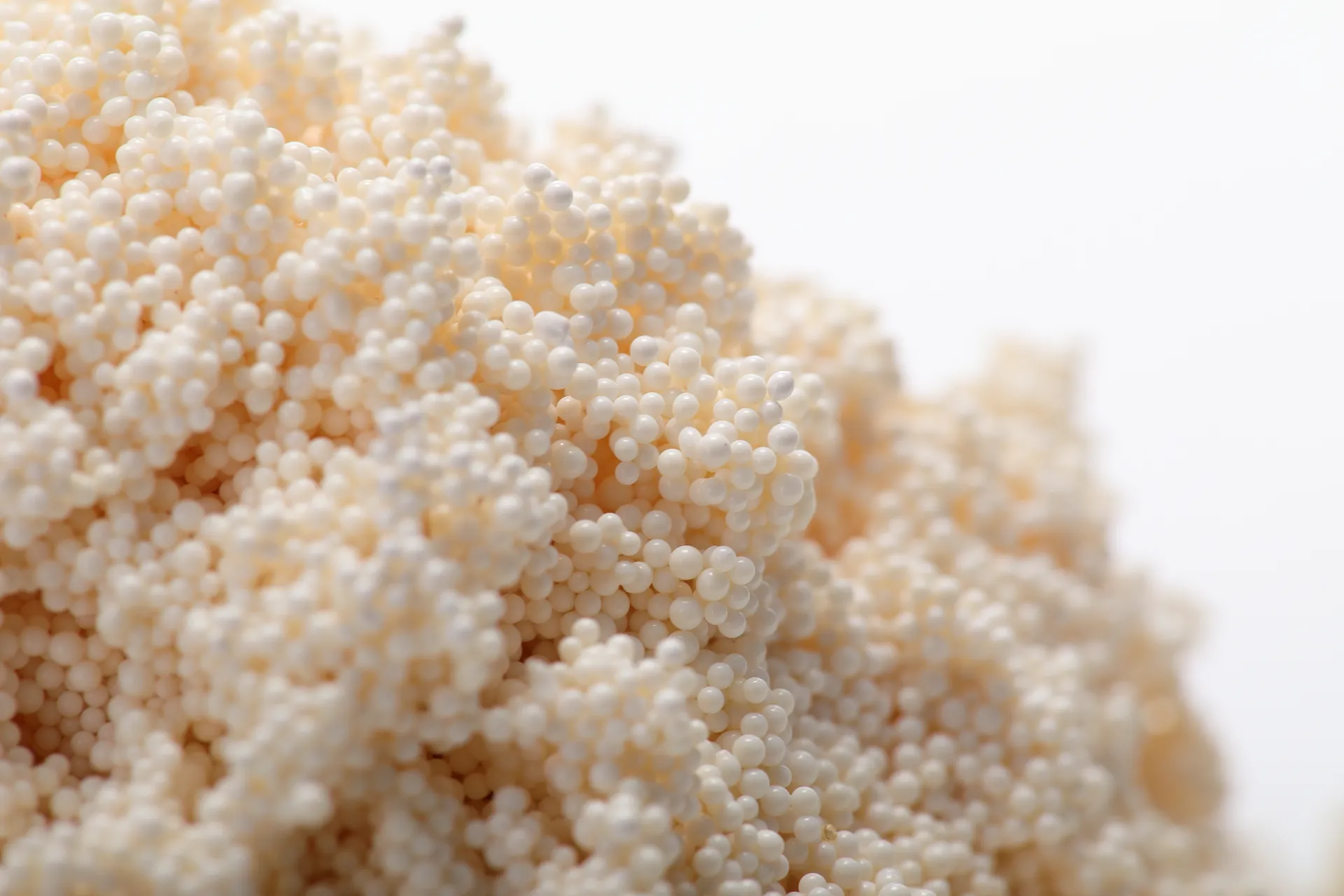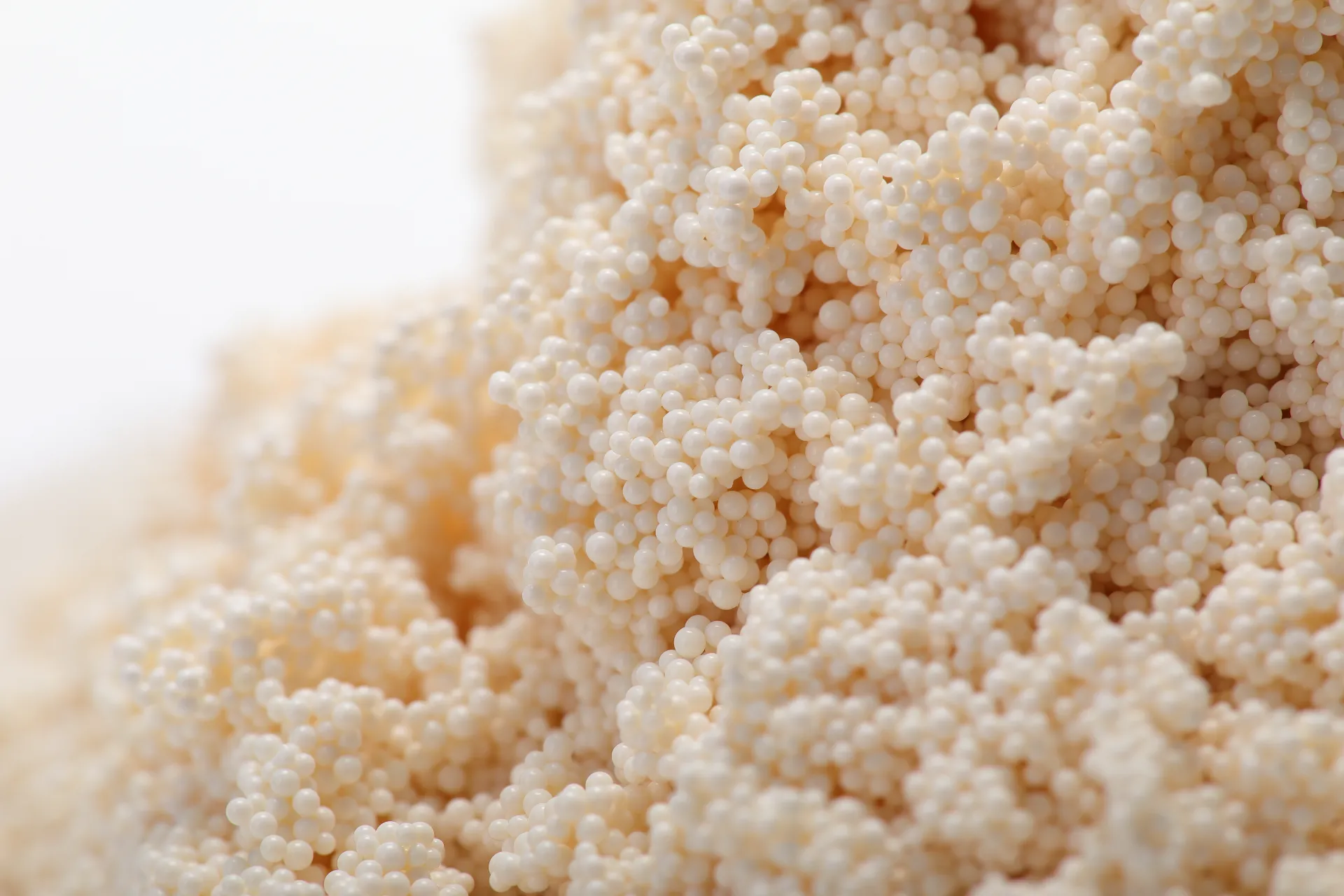Weak Base Anion Exchange Resin D301 FC: a practical insider’s look
If you’ve been scouting for a reliable weak base anion resin for industrial water, sugar decolorization, or tricky chromium waste streams, D301 FC keeps popping up in buyer shortlists. I’ve seen it in mid-scale utilities and, surprisingly, in food plants where uptime is everything.

What it is and why it’s trending
D301 FC is a polystyrene–DVB, macroreticular resin with tertiary amine functionality (-N(CH3)2). In plain terms, it’s a weak base anion workhorse: high mechanical strength, good organics handling, easy regeneration. The food and beverage guys like it for decolorizing and polishing; electroplaters lean on it for chromium-bearing wastewater (after reduction). The bigger trend? Plants are shifting from one-size-fits-all strong base anions to staged trains where a weak base anion layer takes the brunt of organics and mineral acids, cutting caustic bills.
Key specifications (real-world oriented)
| Parameter | Typical Value (≈) | Test/Standard |
|---|---|---|
| Matrix / Structure | Polystyrene-DVB, macroreticular | ASTM D2187 |
| Functional Group | Tertiary amine (-N(CH3)2) | FTIR per lab SOP |
| Total Capacity | ≈1.2–1.6 eq/L (as free base) | ASTM D2187 |
| Moisture Content | ≈45–55% | ASTM D2187 |
| Particle Size | 0.40–1.20 mm; UC ≈1.6 | ASTM D4519 |
| Operating pH | ≈pH 2–9 (typical) | Manufacturer method |
| Max Temp | ≈60–70°C (service) | Data sheet verification |
| Shipping Form | Free base (FB) or Cl- on request | COA |
| Service Life | ≈3–7 years (feed-dependent) | Field records |

Process flow and operating method
Materials: D301 FC resin, NaOH or Na2CO3 for regeneration; optional NaCl rinse; dechlorinated water for sensitive applications.
Method (typical): backwash 10–20 min; service run at 5–40 BV/h depending on target; slow rinse 2–4 BV; regenerate with 2–6% NaOH (or 4–8% Na2CO3); displacement rinse; fast rinse to conductivity target. To be honest, I’d pilot your exact chemistry—real-world organics throw curveballs.
Testing & QA: incoming inspection to ASTM D2187; potable-water projects often reference NSF/ANSI 61; plants with tight compliance like to see ISO 9001 and COA per batch. Operating capacity may reach ≈3× vs the same resin left in “alkali as-received” state—once fully regenerated and conditioned.
Where it’s used (and why it sticks)
- Water treatment: mineral acids and silica precursors before mixed bed; organics guard for SBA.
- Sugar decolorization: reduces color bodies; many customers say the pressure drop stays stable run after run.
- Chromium wastewater: post-reduction polish of Cr(VI)/Cr(III) complexes; pairs well with upstream precipitation.
- Refining organics: amine capture, acid removal in fine chemicals.
Vendor snapshot (quick compares)
| Vendor / Resin | Matrix & Functionality | Operating Capacity (≈) | Typical Uses | Certs (may vary) |
|---|---|---|---|---|
| Lijiresin D301 FC | PS-DVB, tertiary amine | ≈0.8–1.2 eq/L in service | Water, sugar, Cr wastewater | ISO 9001; NSF/ANSI 61 on request |
| Purolite (WBA type) | PS-DVB, tertiary amine | ≈0.7–1.1 eq/L | Organics guard, deacidification | ISO; NSF lines available |
| DuPont/DOW (WBA type) | PS-DVB, tertiary amine | ≈0.8–1.2 eq/L | Polishing, decarboxylate streams | ISO; NSF lines available |

Customization, feedback, and field notes
Custom cuts: tighter UC for low-pressure vessels; pre-sieved fine/large cuts for sugar; food-contact rinsing to conductivity/TOC targets.
Certifications: ISO 9001/14001 plant routines; potable water jobs often specify NSF/ANSI 61—ask for lot-level COA and leachables data.
Field feedback: “Lower caustic use than our SBA,” one beverage engineer told me. Another said start-up was painless: “Two conditioning cycles and it locked in.”
Mini case studies
- Sugar refinery, ASEAN: color units down ≈35% vs previous media; service run extended 18–22% with same pressure window.
- Metal finishing plant, EU: hexavalent chromium line—after reduction, weak base anion bed cut Cr to
Origin: NO.2 East Jianshe Road, High-Tech Industrial Development South Zone Wei County, Xingtai, Hebei Province, China.

Bottom line: if you’re building a modern train, a weak base anion layer like D301 FC is a cost buffer and a reliability anchor. Just pilot your chemistry, set realistic BV/h, and keep a tight eye on organics loading—real-world use may vary.
Authoritative citations
- ASTM D2187 – Standard Test Methods for Physical and Chemical Properties of Particulate Ion-Exchange Resins.
- ASTM D4519 – Standard Practice for Particle Size Distribution of Ion-Exchange Resins.
- NSF/ANSI 61 – Drinking Water System Components – Health Effects.
- WHO Guidelines for Drinking-water Quality, latest edition – Organics and ion exchange guidance.
Hebei Lijiang Biotechnology Co., Ltd, is a new material manufacturer specializing in the production of high-performance special ion exchange resins.mixed bed resin suppliers It is a modern high-tech enterprise that integrates the research and development,production, sales, and service of resin materials and resin terminal products.ion exchange resin The company is committed to producing high-quality industrial grade, food grade,pharmaceutical grade, and nuclear grade resins.cation exchange resin It has passed ISO9001 management certification,SGS certification, and WQA international certification from the American Water Quality Association, and has obtained a national food hygiene license. Food grade resin products comply with FDA standards in the United States.super blog